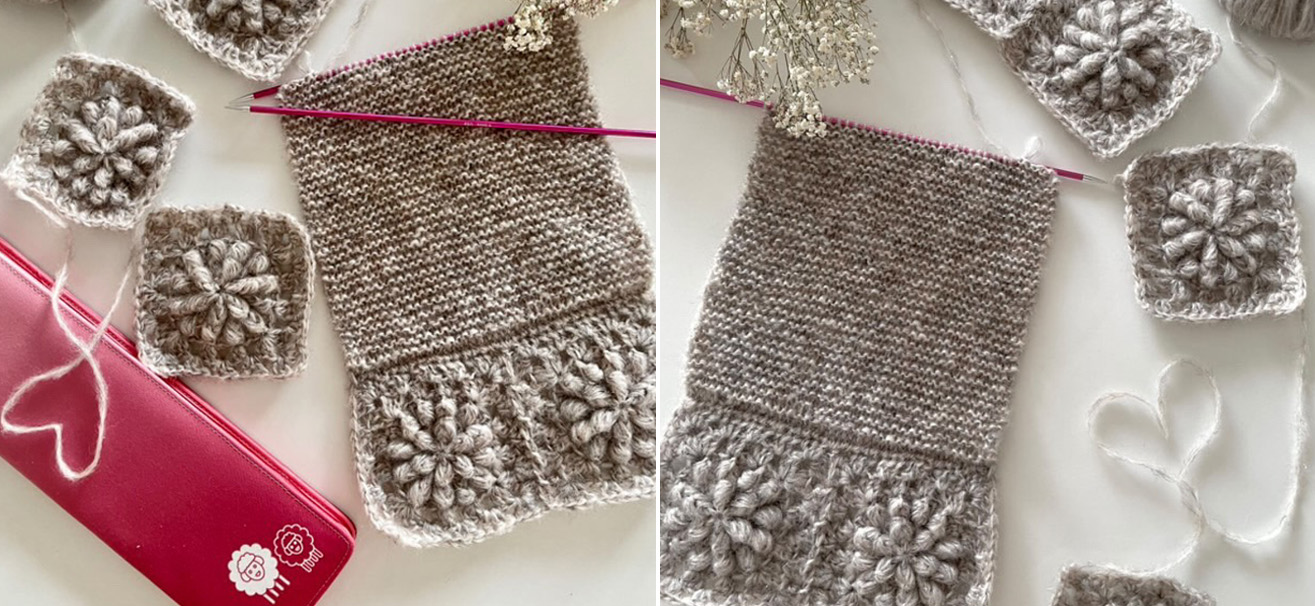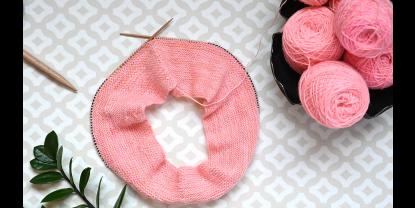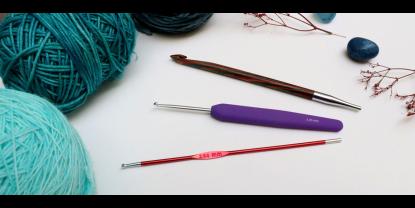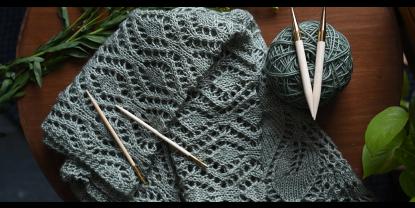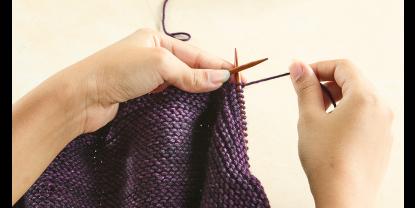In knitting, there’s an open secret: the knitting needle you choose has a role to play in the success of the project and your crafting experience. When choosing the perfect knitting needles for your next project, most knitters focus on the knitting needle. First, the type (single-pointed, double-pointed, fixed circular, interchangeable circular and the newest mini interchangeable circulars). Secondly, the standard size (2 mm- 20 mm). Lastly, the material (wood, bamboo, aluminium, stainless steel, acrylic, etc.). But there’s another detail that plays a surprisingly big role in how your project turns out: the needle tip. The choice of the needle tip is as important as choosing the right knitting needles and yarn for a project. Generally, all knitting needles have a pointy tip; however, there are choices such as rounded and pointed. In this blog, we’ll explore does a knitting needle tip affects stitches and here’s how.
Understanding the Knitting Needle Tip
The knitting needle tip refers to the tapered end that is used to form and manipulate stitches. The most common options are blunt (rounded) or sharp (pointed). This choice depends on the yarn, project and the crafter’s comfort. Most knitters consider the knitting needle tip when working with delicate yarns with fuzzy fibers, intricate lacework and the skill level of the knitter. Refer to our guide on How to Choose Needles for Lace Knitting,. If you've ever struggled with split yarn or tight stitches, the needle tip might be the reason. Let’s explore how the tip of your needle can shape your knitting experience and your finished fabric.
1. Blunt or Rounded Tip
Softer, rounder taper and a less aggressive point, rounded tips are common in wood and bamboo needles. In fact, most beginner knitters prefer the tips for being more forgiving and also easier on the hands (no blood dripping from fingertips or accidentally jabbing). The tips are ideal for medium and bulky yarns. You can choose DK and worsted-weight yarn for most projects. Loose-knit fabrics where the stitches are large and easy to grab, or even patterns with lots of basic knit and purl stitches, such as in stockinette or garter stitch.
2. Sharp or Pointed Tips
The finer, more tapered point needle tips are perfect for intricate patterns like lace, cables, or twisted stitches, where precision is key. Even when working with fine lace yarns or DK yarn or tight stitch patterns. Experienced knitters who want speed and accuracy for quick projects prefer pointy ends. Many experienced knitters prefer to knit with needle tips to speed up the process.
How Needle Tips Affect Your Stitches
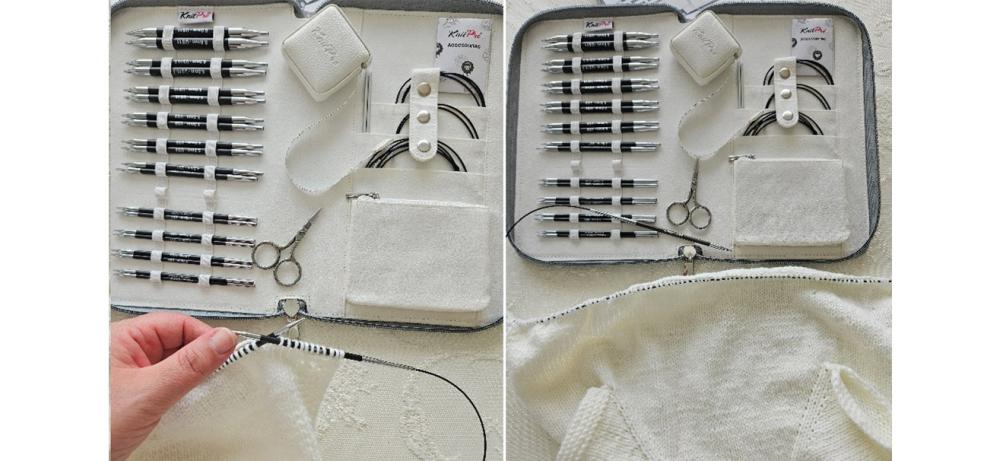
Now let’s dig into the details. Here’s how different tips can directly impact your stitches:
1. Precision in Pattern Work
Precise placement of the needle is necessary, manipulating multiple stitches and sharp pointy tips are preferred for techniques like knit two together (k2tog), slip-slip-knit (ssk), or intricate lace patterns. Rounded tips, in contrast, are not smooth, taking more time and effort.
2. Yarn Splitting
Some yarns, multi-ply or fuzzy fibers, are more prone to splitting. A rounded tip is a better choice when dealing with delicate fibers, as it glides without catching or splitting. A sharp needle tip may pierce the yarn instead of sliding cleanly through the stitch.
3. Stitch Definition
The needle tip can influence how each stitch lies on the knitting needle. Sharp tips often produce crisper stitches with better definition, especially helpful in textured patterns. Even for intricate colorwork, sharp tips are the better choice. Blunter tips can produce softer, more rounded stitches, great for cozy sweaters and accessories.
4. Knitting Speed and Fluidity
Some knitters find they knit faster with sharper tips, especially when working with tight tension or small needles. The ability to get into stitches with minimal resistance allows for faster stitch formation. However, if your tension is already loose, a blunt tip may be more comfortable and reduce hand fatigue.
Matching Needle Tips to Projects
Choosing the right tip isn’t just about preference, it should also depend on the yarn and the project:
|
Project Type |
Best Tip Type |
|
Lace shawls |
Sharp |
|
Chunky scarves |
Blunt |
|
Cabled sweaters |
Sharp or medium |
|
Baby blankets |
Blunt or medium |
|
Colorwork mittens |
Sharp |
If you’re working with delicate yarns like silk, alpaca, or cashmere blends, go for a medium-sharp tip that offers control without splitting. For heavier yarns like super bulky or roving, a blunt tip is usually better.
Like most things in knitting, personal comfort and preference matter just as much as technical accuracy. Some knitters swear by super-sharp lace tips for everything, while others prefer a gentle, blunt edge that glides effortlessly.
In short, yes, the Needle Tip Matters. Your choice of needle tip affects not only the look of your stitches but also the feel of your knitting. From stitch definition and yarn compatibility to ease of working complex patterns, the tip can make or break your project flow. So next time you're selecting needles, try and choose tips that are balanced and precise.


